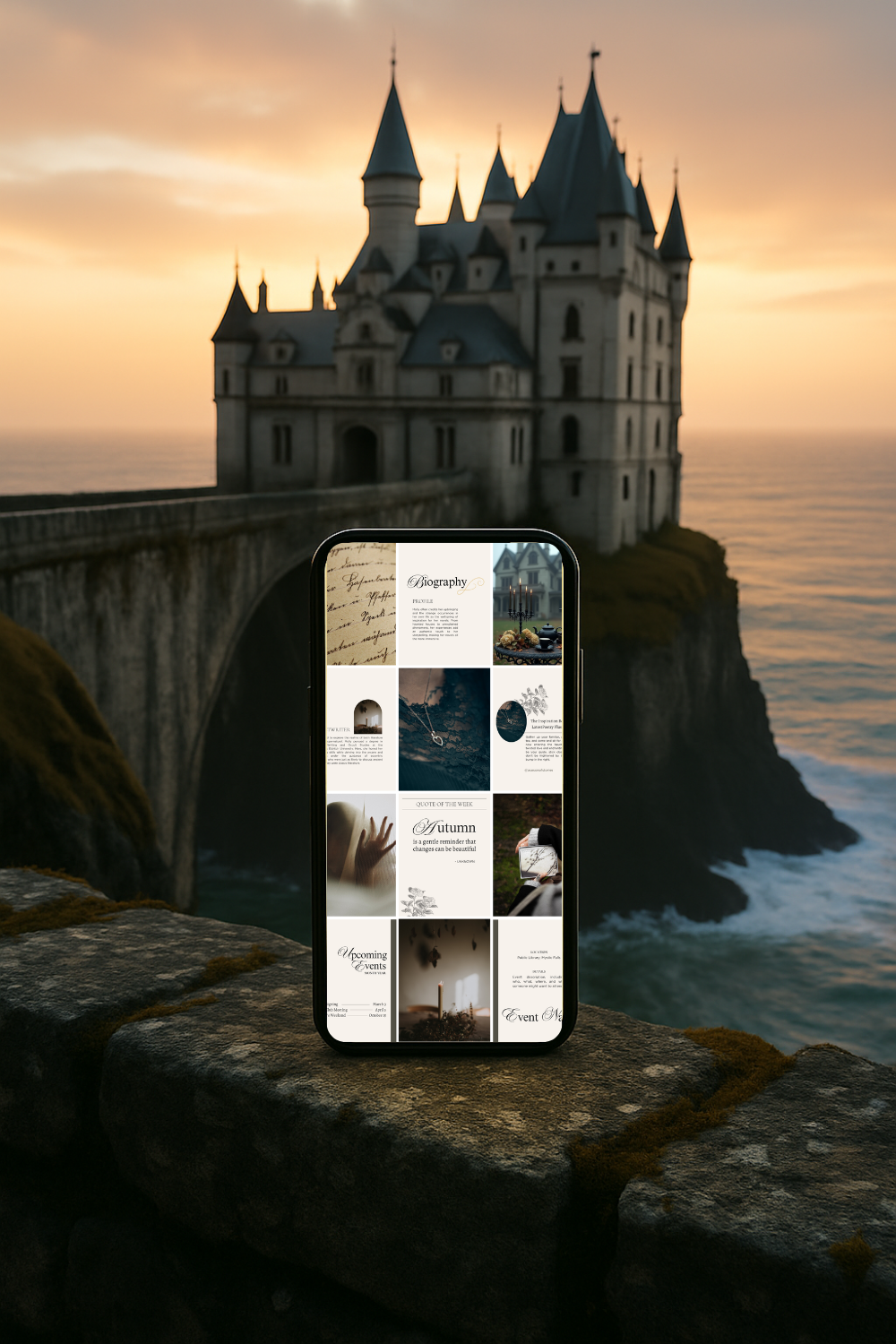There is something irresistible about ivy climbing a wall of old stone. The green tendrils seem to soften the hardness, weaving life into structure, turning buildings into living works of art. In the gothic imagination, stone and ivy are inseparable—the permanence of architecture meeting the wild persistence of nature. Together, they create an aesthetic.

The Mood of Stone
Stone carries a gravity that few other materials can match. In a castle wall or cathedral arch, it speaks of endurance. It tells us that something was built to last, and even in ruin, it retains dignity. This is why gothic architecture feels timeless: its materials are as expressive as its forms.
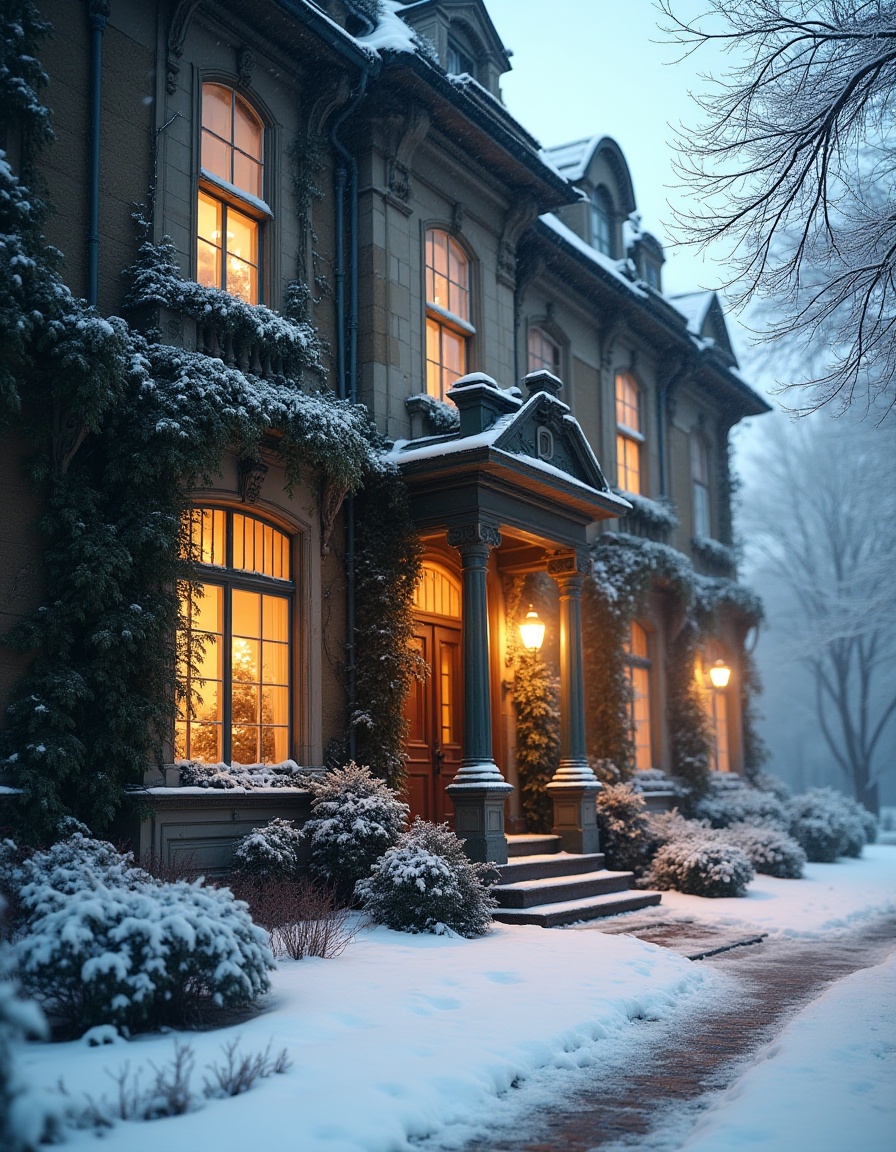
The Victorians recognized this, and their Gothic Revival movement celebrated stonework that was both monumental and ornamental. Pointed arches, tracery windows, carved gargoyles—these details gave stone an emotional quality. A wall was not just a wall; it was a surface alive with story.
Today, when we admire stone buildings in photographs, or decorate our interiors with stone textures and motifs, we are responding to this same sense of aesthetic. Stone suggests weight and history, but also shelter and coziness. Its solidity allows us to feel grounded, while its texture invites us to linger in the details.
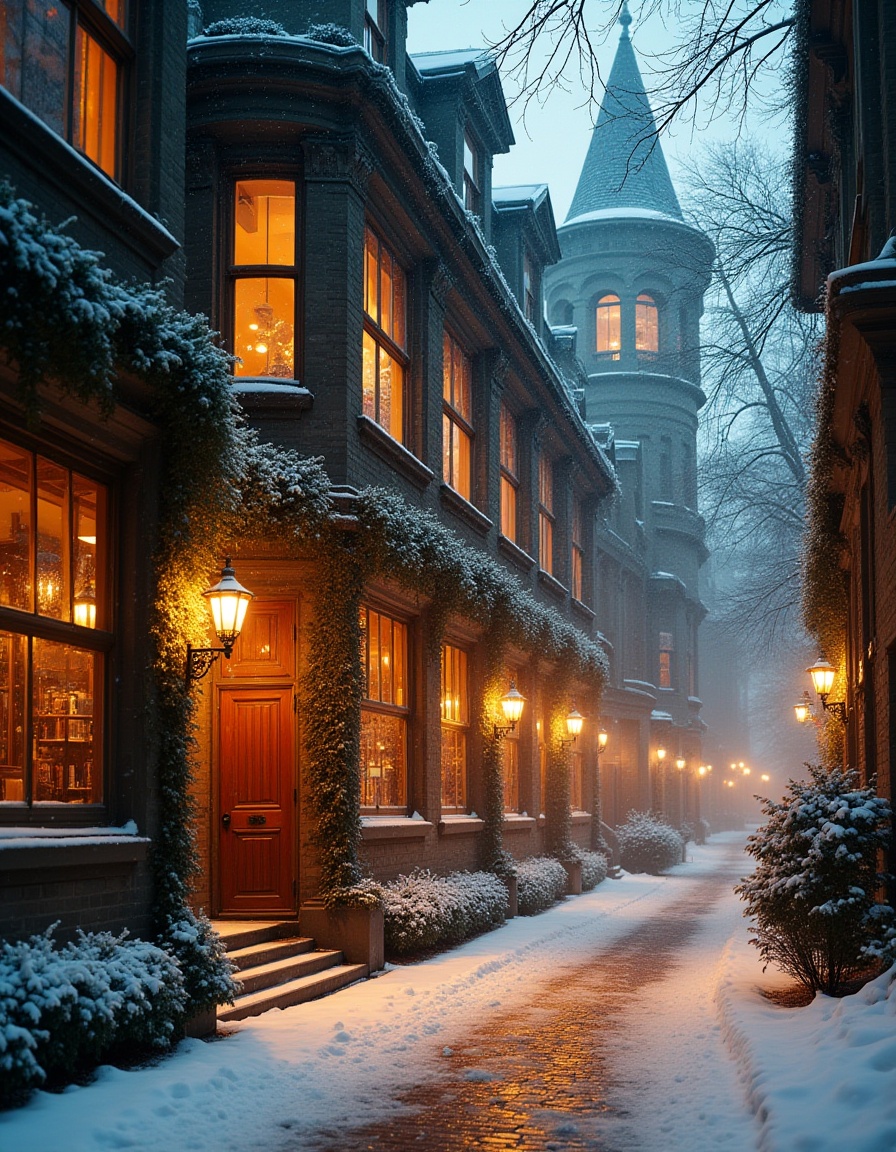
Ivy as Ornament and Embrace
If stone represents permanence, ivy represents impermanence. It grows, changes, shifts with the seasons. It wraps itself around architecture in ways that feel both wild and intentional, as if nature were painting over man’s work. The Victorians adored this image, often celebrating ivy in poetry, paintings, and even as a motif in design.
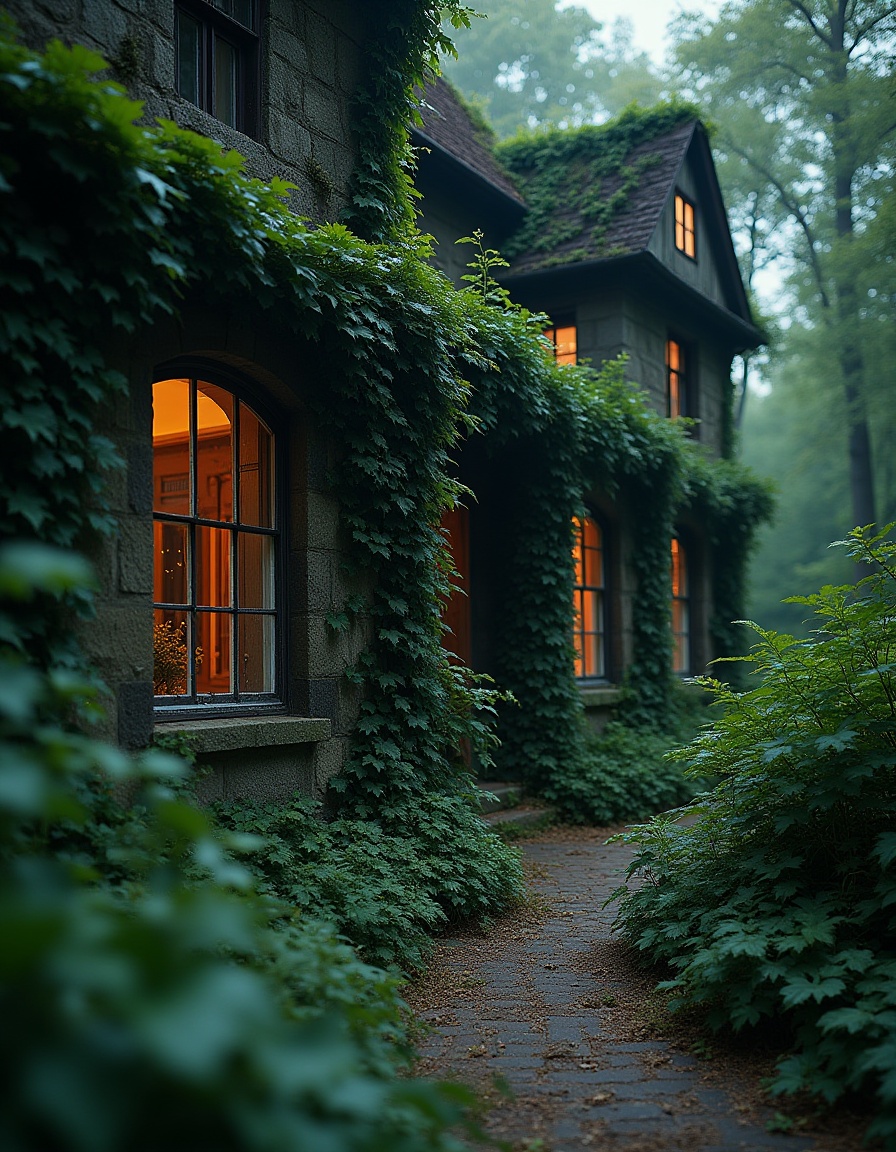
Ivy was not seen as destructive but as romantic. It softened edges, blurred boundaries, and turned buildings into natural spectacles. In autumn, when ivy turned to shades of red and amber, it transformed castles and cottages alike into living canvases of seasonal beauty.
This is why images of ivy-clad universities (Oxford, Cambridge, the Ivy League) became synonymous with learning, romance, and tradition. Ivy doesn’t just decorate—it gives vibes that are layering time and nature onto stone.
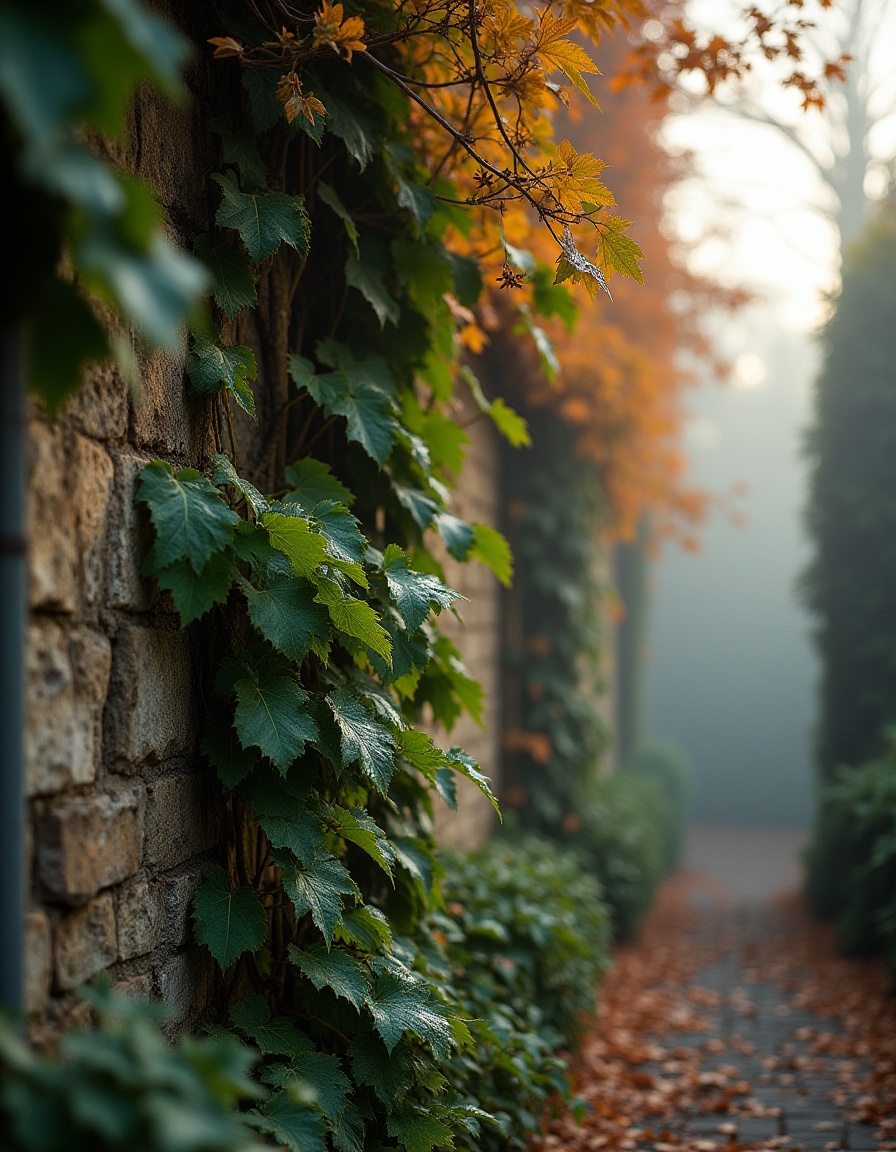
Architecture as Experience
The combination of ivy and stone creates more than visual appeal; it creates experience. Walking beneath an arch framed by ivy, or sitting in a courtyard where stone walls are softened by greenery, is to feel both protected and enchanted. The hard and the soft meet, and aesthetic is born.
This is precisely what modern gothic aesthetics borrow when they romanticize old libraries, ivy-covered castles, and cobblestone streets. It isn’t just about beauty—it’s about the sensation of stepping into another world. The textures invite us to slow down, to look closely, to imagine the stories the walls could tell.
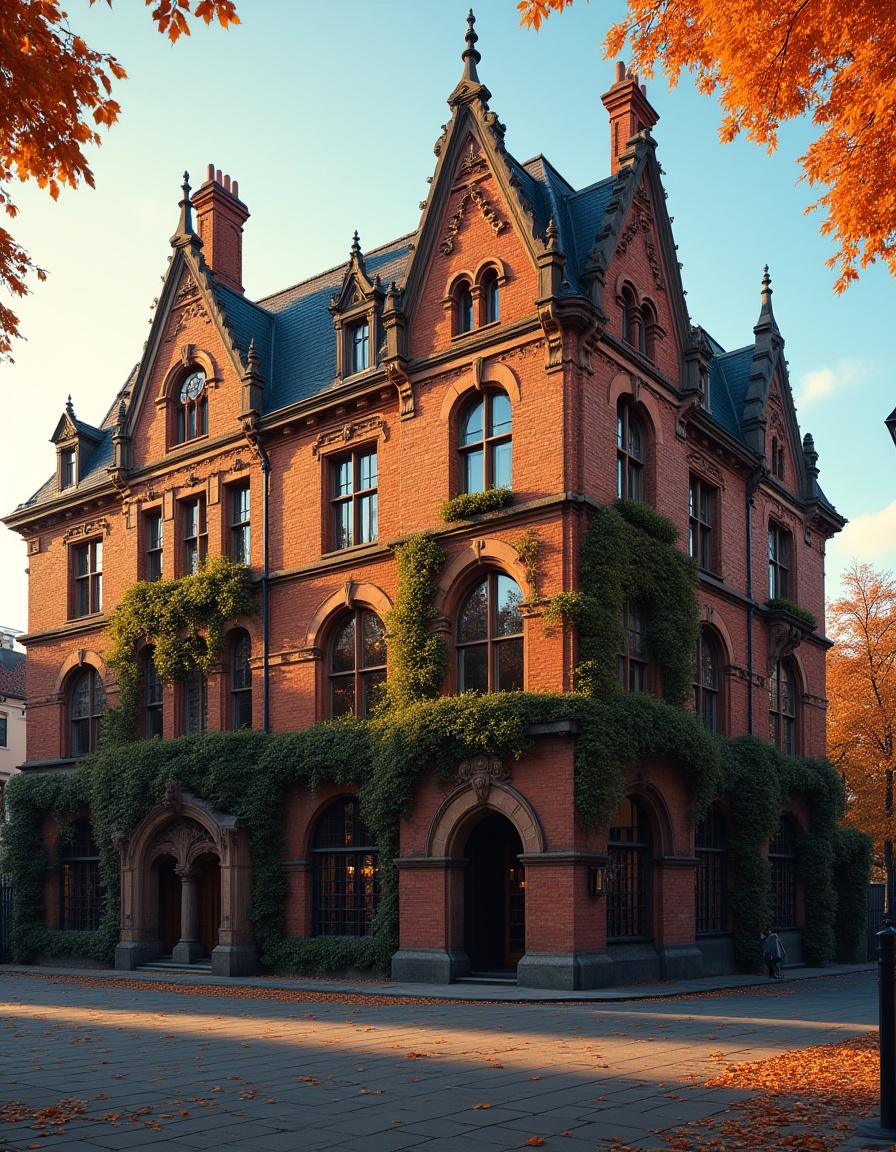
Digital Ivy, Digital Stone
It’s no surprise that images of ivy and stone thrive online. They are endlessly photogenic, providing colour, texture, and mood in a single frame. A ruin covered in ivy or a foggy courtyard with stone arches instantly signals an aesthetic. These images need no caption—they already whisper of time, memory, and coziness.
We recreate this digitally as well. Wallpapers, desktop backgrounds, Pinterest boards, and AI-generated images often feature ivy and stone because they resonate across cultures and moods. They suggest an escape from the modern into something older, slower, and more enduring.
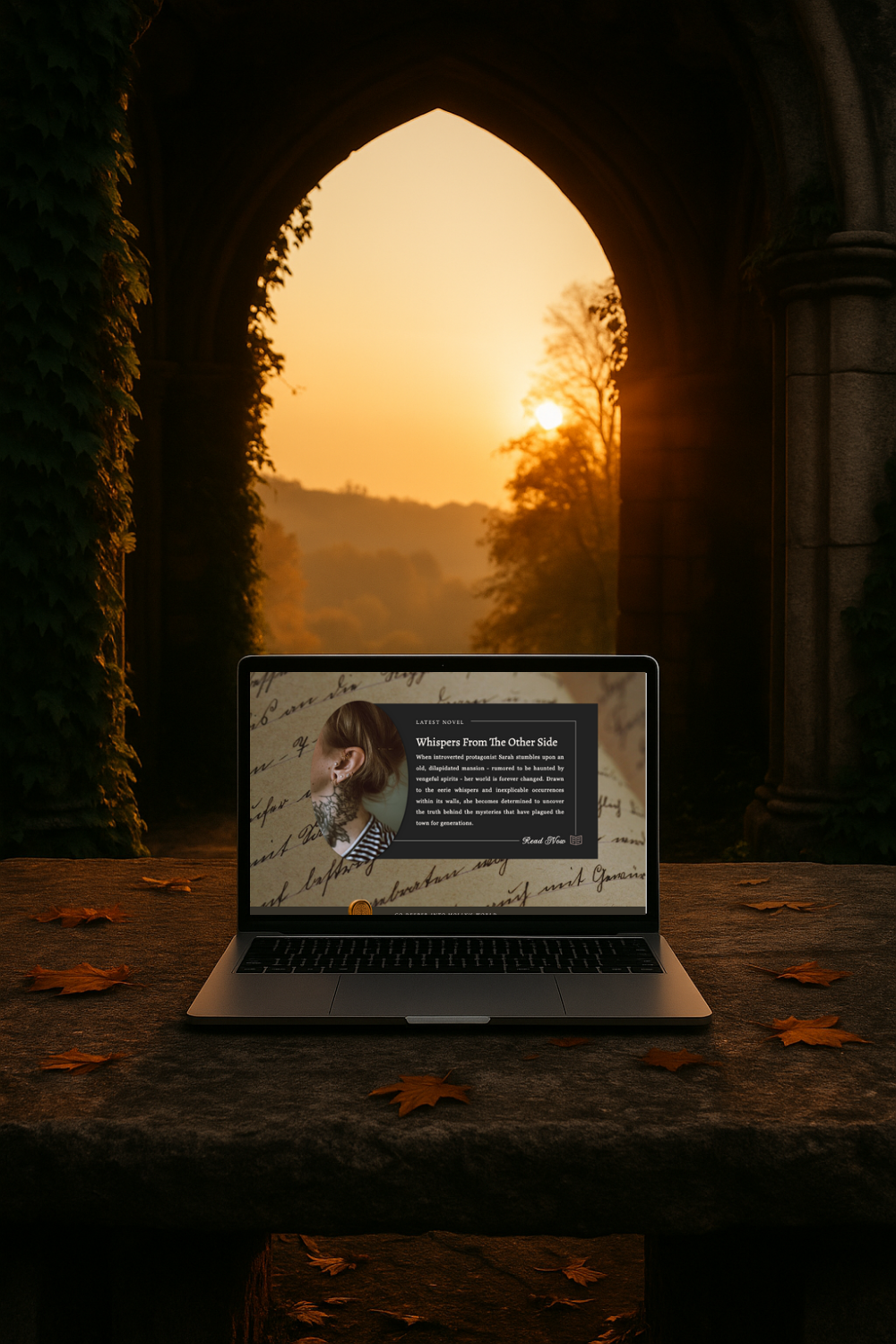
The Enduring Pairing
Ivy and stone endure because together they tell a story. Stone speaks of what lasts; ivy speaks of what changes. One is grounded, the other alive. Their dialogue creates the gothic mood: permanence softened by beauty, strength entwined with fragility.
This pairing continues to captivate us not because it is foreign, but because it feels deeply familiar. We want solidity in our lives, but we also want softness. We long for history, but also for renewal. In the embrace of ivy and stone, we find both.
